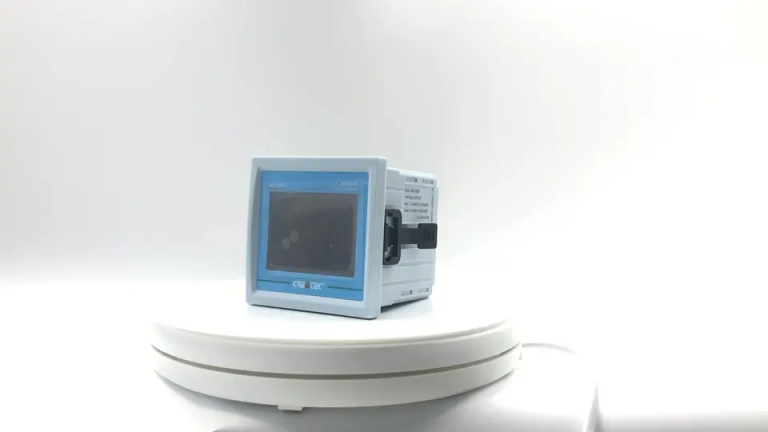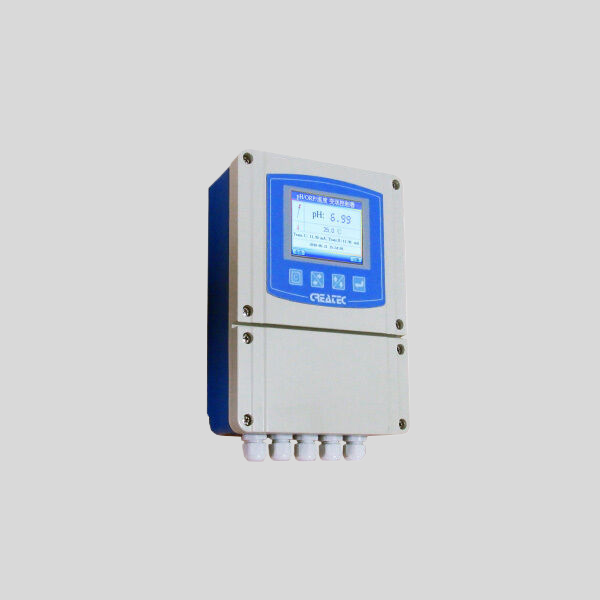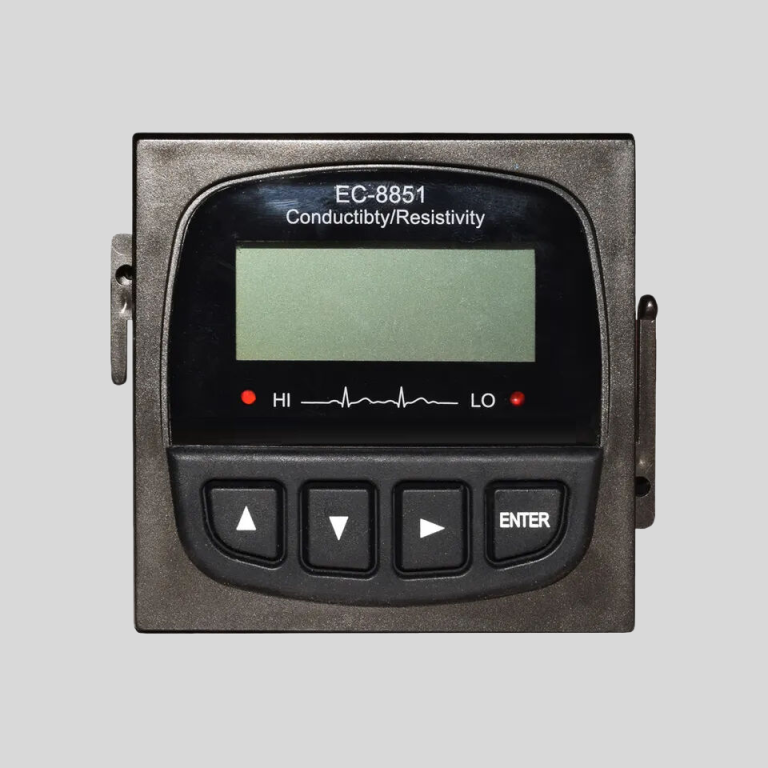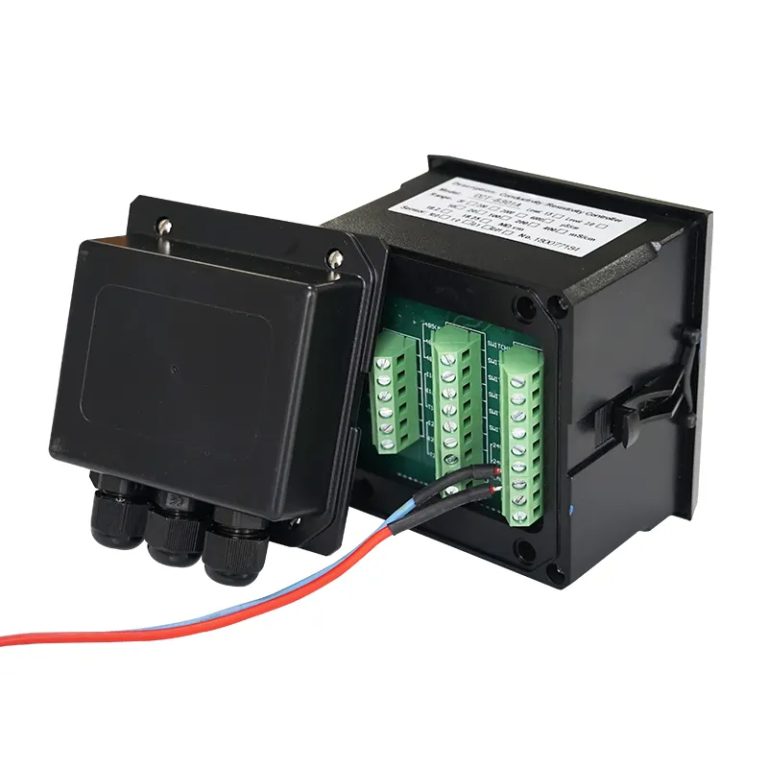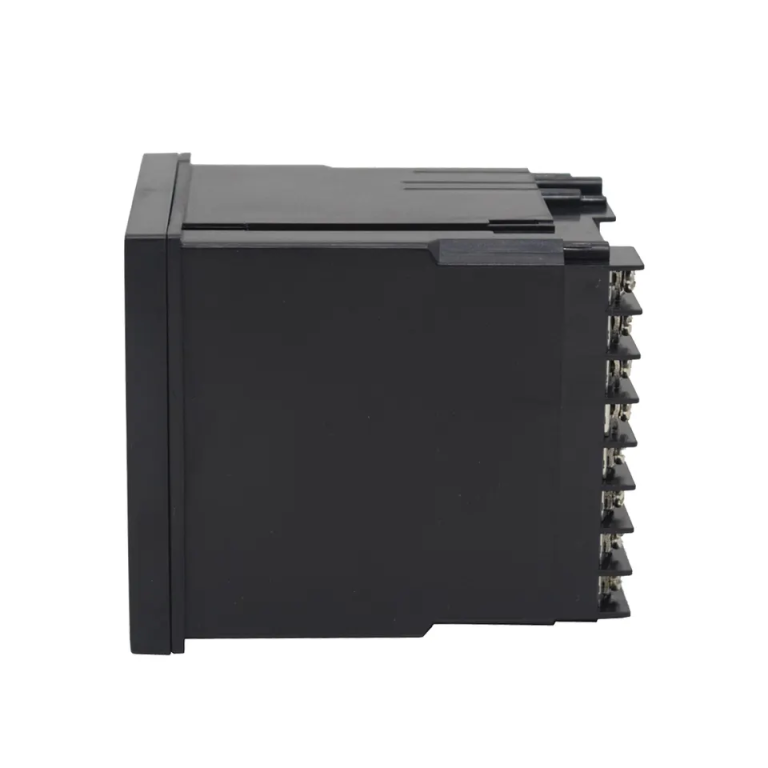Table of Contents
The Importance of Regular Water Quality Testing in Brisbane
Water quality testing is a crucial aspect of maintaining the health and safety of our water supply in Brisbane. With the increasing concerns over pollution and contamination, it is more important than ever to regularly test the quality of our water to ensure that it is safe for consumption and other uses.
One of the main reasons why water quality testing is so important is because it helps to identify any potential contaminants that may be present in the water. These contaminants can come from a variety of sources, including industrial runoff, agricultural pesticides, and even natural sources such as algae blooms. By regularly testing the water, we can identify these contaminants early on and take the necessary steps to remove them before they pose a threat to public health.
| ROS-8600 RO Program Control HMI Platform | ||
| Model | ROS-8600 Single Stage | ROS-8600 Double Stage |
| Measuring range | Source water0~2000uS/cm | Source water0~2000uS/cm |
| First level effluent 0~200uS/cm | First level effluent 0~200uS/cm | |
| secondary effluent 0~20uS/cm | secondary effluent 0~20uS/cm | |
| Pressure sensor(optional) | Membrane pre/post pressure | Primary/ secondary membrane front/rear pressure |
| ph sensor(optional) | —- | 0~14.00pH |
| Signal collection | 1.Raw water low pressure | 1.Raw water low pressure |
| 2.Primary booster pump inlet low pressure | 2.Primary booster pump inlet low pressure | |
| 3.Primary booster pump outlet high pressure | 3.Primary booster pump outlet high pressure | |
| 4.High liquid level of Level 1 tank | 4.High liquid level of Level 1 tank | |
| 5.Low liquid level of Level 1 tank | 5.Low liquid level of Level 1 tank | |
| 6.Preprocessing signal | 6.2nd booster pump outlet high pressure | |
| 7.Input standby ports x2 | 7.High liquid level of Level 2 tank | |
| 8.Low liquid level of Level 2 tank | ||
| 9.Preprocessing signal | ||
| 10.Input standby ports x2 | ||
| Output control | 1.Water inlet valve | 1.Water inlet valve |
| 2.Source water pump | 2.Source water pump | |
| 3.Primary booster pump | 3.Primary booster pump | |
| 4.Primary flush valve | 4.Primary flush valve | |
| 5.Primary dosing pump | 5.Primary dosing pump | |
| 6.Primary water over standard discharge valve | 6.Primary water over standard discharge valve | |
| 7.Alarm output node | 7.Secondary booster pump | |
| 8.Manual standby pump | 8.Secondary flush valve | |
| 9.Secondary dosing pump | 9.Secondary dosing pump | |
| Output standby port x2 | 10.Secondary water over standard discharge valve | |
| 11.Alarm output node | ||
| 12.Manual standby pump | ||
| Output standby port x2 | ||
| The main function | 1.Correction of electrode constant | 1.Correction of electrode constant |
| 2.Overrun alarm setting | 2.Overrun alarm setting | |
| 3.All working mode time can be set | 3.All working mode time can be set | |
| 4.High and low pressure flushing mode setting | 4.High and low pressure flushing mode setting | |
| 5.The low pressure pump is opened when preprocessing | 5.The low pressure pump is opened when preprocessing | |
| 6.Manual/automatic can be chosen when boot up | 6.Manual/automatic can be chosen when boot up | |
| 7.Manual debugging mode | 7.Manual debugging mode | |
| 8.Alarm if communication interruption | 8.Alarm if communication interruption | |
| 9. Urging payment settings | 9. Urging payment settings | |
| 10. Company name,website can be customized | 10. Company name,website can be customized | |
| Power supply | DC24V±10% | DC24V±10% |
| Expansion interface | 1.Reserved relay output | 1.Reserved relay output |
| 2.RS485 communication | 2.RS485 communication | |
| 3.Reserved IO port, analog module | 3.Reserved IO port, analog module | |
| 4.Mobile/computer/touch screen synchronous display | 4.Mobile/computer/touch screen synchronous display | |
| Relative humidity | ≦85% | ≤85% |
| Environment temperature | 0~50℃ | 0~50℃ |
| Touch screen size | 163x226x80mm (H x W x D) | 163x226x80mm (H x W x D) |
| Hole Size | 7 inch:215*152mm(wide*high) | 215*152mm(wide*high) |
| Controller size | 180*99(long*wide) | 180*99(long*wide) |
| Transmitter size | 92*125(long*wide) | 92*125(long*wide) |
| Installation method | Touch screen:panel embedded; Controller: plane fixed | Touch screen:panel embedded; Controller: plane fixed |
In addition to identifying contaminants, water quality testing also helps to monitor the overall health of our water supply. By testing for parameters such as pH, turbidity, and dissolved oxygen levels, we can get a better understanding of the overall quality of the water and identify any potential issues that may need to be addressed. This information can then be used to make informed decisions about how to best manage and protect our water resources.
| FCT-8350 Flow Transmitter | |
| Measurement range | Instantaneous flow:(0~2000)m3/h;Accumulated flow:(0~99999999)m3 |
| Flow rate | (0~5)m/s |
| Applicable pipe diameter | DN 25~DN 1000 for selection |
| Resolution | 0.001 m3/h |
| Renew interval | 1S |
| Accuracy | 2.0 level |
| Repeatability | ±0.5% |
| Probe input | Range :0.5Hz~2KHz;Power supply:DC 12V(instrument supply) |
| Analog output | (4~20)mA,Instrument/transmitter for selection; |
| Control output | Semi-conductor photo electronic relay,Load current 50mA(max),AC/DC 30V |
| Control mode | Instantaneous flow high/low limit alarm, flow variable frequency conversion |
| Working power | DC24V |
| Power consumption: | <3.0W |
| Cable length | 5m as standard ; or(1~500)m for selection |
| Working environment | Temp.:(0~50)℃;relative humidity≤85%RH(non condensation) |
| Storage environment | Temp.:(-20~60)℃; relative humidity:≤85%RH(non condensation) |
| Protection level | IP65(with back cover) |
| Dimension | 96 mm×96 mm×94mm (H×W×D) |
| Hole size | 91mm×91mm(H×W) |
| Installation | Panel mounted,fast installation |
Regular water quality testing is also important for ensuring compliance with regulatory standards. In Brisbane, water quality is regulated by the Queensland Department of Environment and Science, which sets strict guidelines for the quality of drinking water. By regularly testing the water and ensuring that it meets these standards, we can ensure that our water supply is safe for consumption and meets the necessary regulatory requirements.
Another important reason to regularly test water quality is to protect the environment. Contaminated water can have a negative impact on aquatic ecosystems, leading to the death of fish and other aquatic life. By testing the water and identifying any potential contaminants, we can take steps to mitigate their impact on the environment and protect our waterways for future generations.
Overall, water quality testing is an essential part of maintaining the health and safety of our water supply in Brisbane. By regularly testing the water for contaminants, monitoring its overall health, and ensuring compliance with regulatory standards, we can ensure that our water supply is safe for consumption and protect the environment for future generations. It is important for all residents of Brisbane to be aware of the importance of water quality testing and to take the necessary steps to ensure that our water supply remains clean and safe for all.
Common Contaminants Found in Brisbane’s Water Supply and How to Test for Them
Water quality testing is an essential process that helps ensure the safety of our drinking water. In Brisbane, like many other cities around the world, water quality testing is conducted regularly to monitor for common contaminants that may pose a risk to public health. Understanding the types of contaminants that can be found in Brisbane’s water supply and how to test for them is crucial for maintaining the safety and quality of our drinking water.
One of the most common contaminants found in Brisbane’s water supply is bacteria. Bacteria can enter the water system through various sources, such as sewage leaks or animal waste. Testing for bacteria in water is typically done using a method called coliform testing, which looks for the presence of coliform bacteria, a group of bacteria that are commonly found in the intestines of warm-blooded animals. High levels of coliform bacteria in water can indicate the presence of harmful pathogens that can cause illness if ingested.
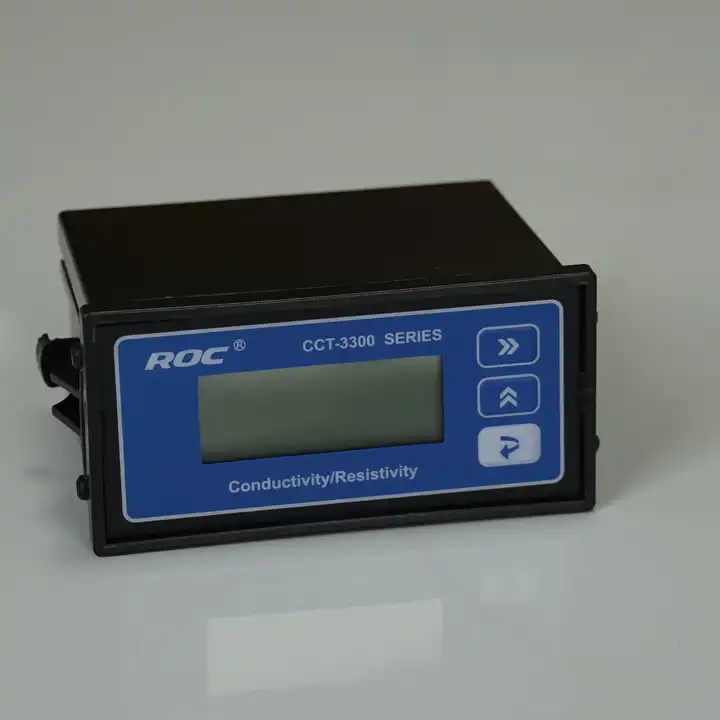
Another common contaminant found in Brisbane’s water supply is lead. Lead can enter the water system through old plumbing systems or lead-based pipes. Exposure to lead in drinking water can have serious health effects, especially in children and pregnant women. Testing for lead in water is typically done using a method called atomic absorption spectroscopy, which can detect even trace amounts of lead in water samples.
Chlorine is another common contaminant found in Brisbane’s water supply. Chlorine is commonly used as a disinfectant in water treatment plants to kill harmful bacteria and pathogens. However, high levels of chlorine in drinking water can have negative health effects, such as skin irritation and respiratory issues. Testing for chlorine in water is typically done using a method called colorimetric testing, which measures the concentration of chlorine in water samples.
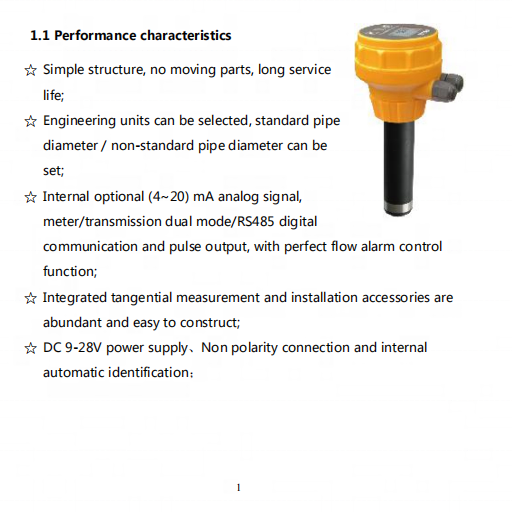
Arsenic is a less common but still significant contaminant found in Brisbane’s water supply. Arsenic can enter the water system through natural sources, such as rocks and soil, or through industrial pollution. Long-term exposure to arsenic in drinking water can have serious health effects, such as cancer and cardiovascular disease. Testing for arsenic in water is typically done using a method called inductively coupled plasma mass spectrometry, which can detect even trace amounts of arsenic in water samples.
In order to ensure the safety and quality of Brisbane’s drinking water, it is important to conduct regular water quality testing for these common contaminants. Testing for bacteria, lead, chlorine, and arsenic can help identify any potential risks to public health and allow for appropriate measures to be taken to address them. By staying informed about the types of contaminants that can be found in Brisbane’s water supply and how to test for them, we can all play a role in protecting the health and well-being of our community.

